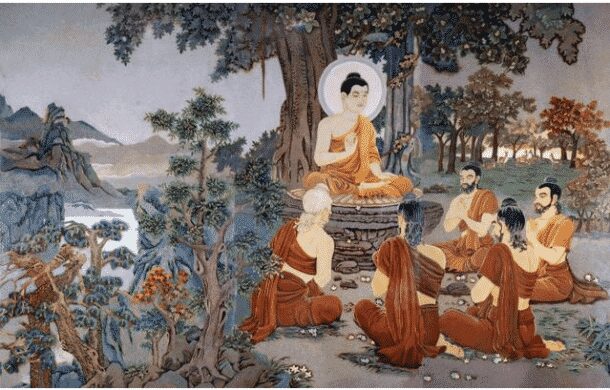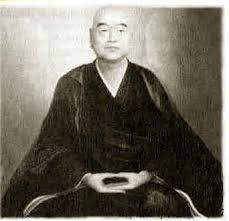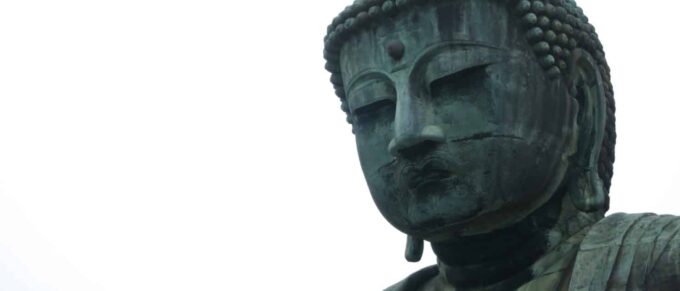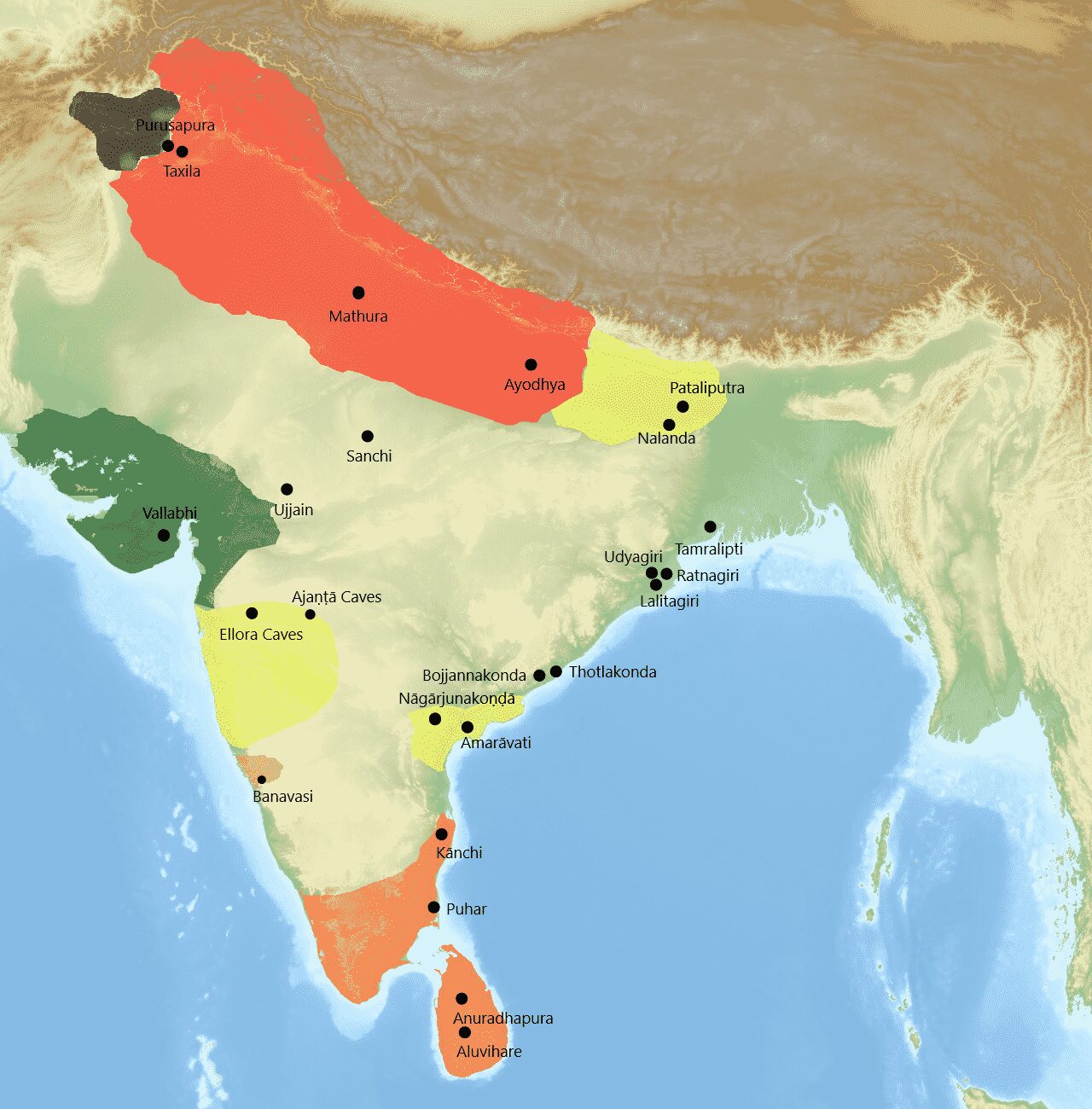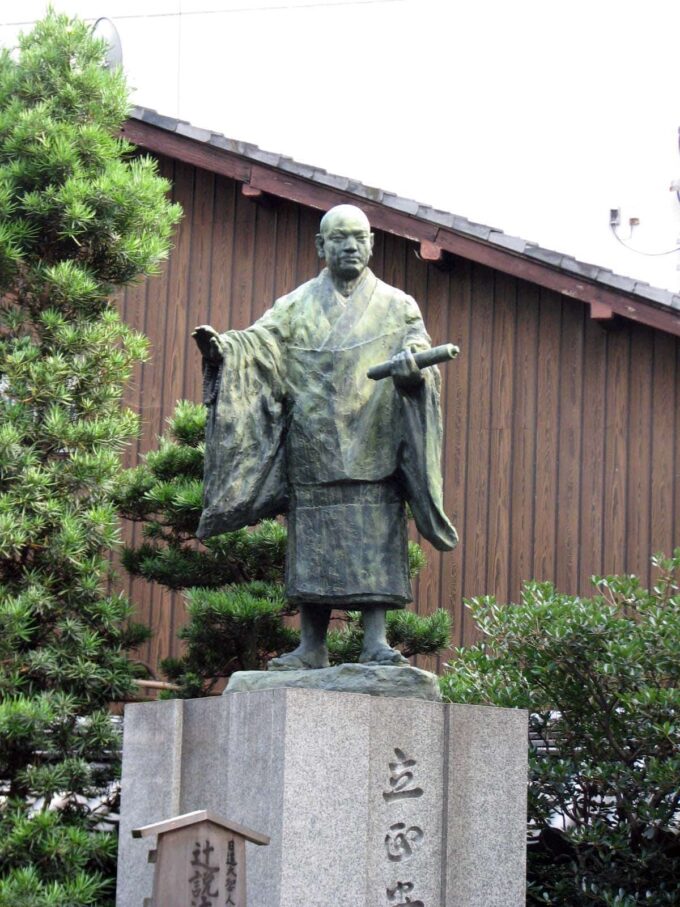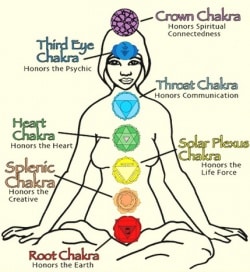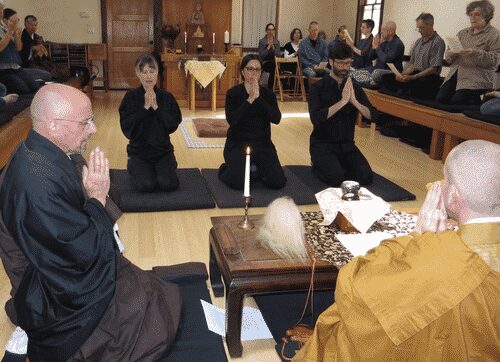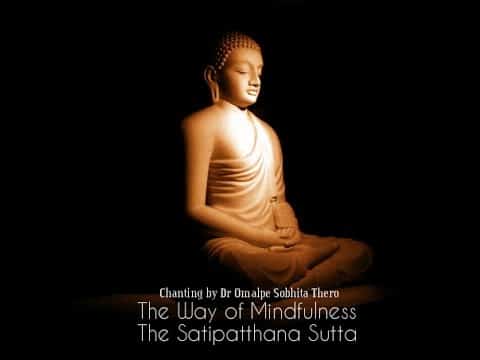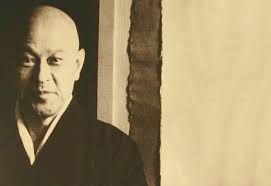Category: Resources
The Buddha was a totally realized being who manifested a human birth in India in the fifth century B.C.E. in order to be able to teach other human beings …
Eihei Dogen, also known as Joyo Daishi or Kigen Dogen (19 Jan. 1200, Kyoto, Japan—22 Sept. 1253, Kyoto), was born into a family of the court nobility. At the age …
Anapanasati Sutta is the heart of Satipatthana, the heart of all four foundations of mindfulness. The Anapanasati Sutta is a discourse (sutta) that details the Buddha’s instruction on using …
Tibetan Buddhism, usually understood as including the Buddhism of Tibet, Mongolia, Bhutan and parts of China, India, and Russia, combines the essential teachings of Mahayana Buddhism with Tantric and Shamanic, …
Nichiren Buddhism is a Japanese Buddhist movement in the Mahayana tradition. Nichiren Buddhism differs from other schools of Buddhism in focusing on this world, and in its view that …
The term chakras or ‘cakras’ is sometimes translated as ‘channel-wheels’ or `cycles` The chakras are energy centers associated with particular parts of the body, and are considered an interface …
We are all Buddhas, but not all of us follow the Way. In order to enter the Buddha Way, one has to make formless repentance, of taking refuge in …
In the original Sanskrit Buddhist texts, the concept of compassion is described by the words maitri and anukampa. Maitri indicates a sense of fellowship with others; anukampa describes a …
Satipaṭṭhāna Sutta is one of the most popular sutta in the Pali Canon. English translations of the title include: “The Arousing of Mindfulness Discourse”, “The Foundations of Mindfulness Discourse”, …
Yvon Myoken Bec is a Soto Zen Master and the founding abbot of Mokusho Zen House in Hungary and Romania. Just before his death in 1990, Master Mokusho Zeisler …
